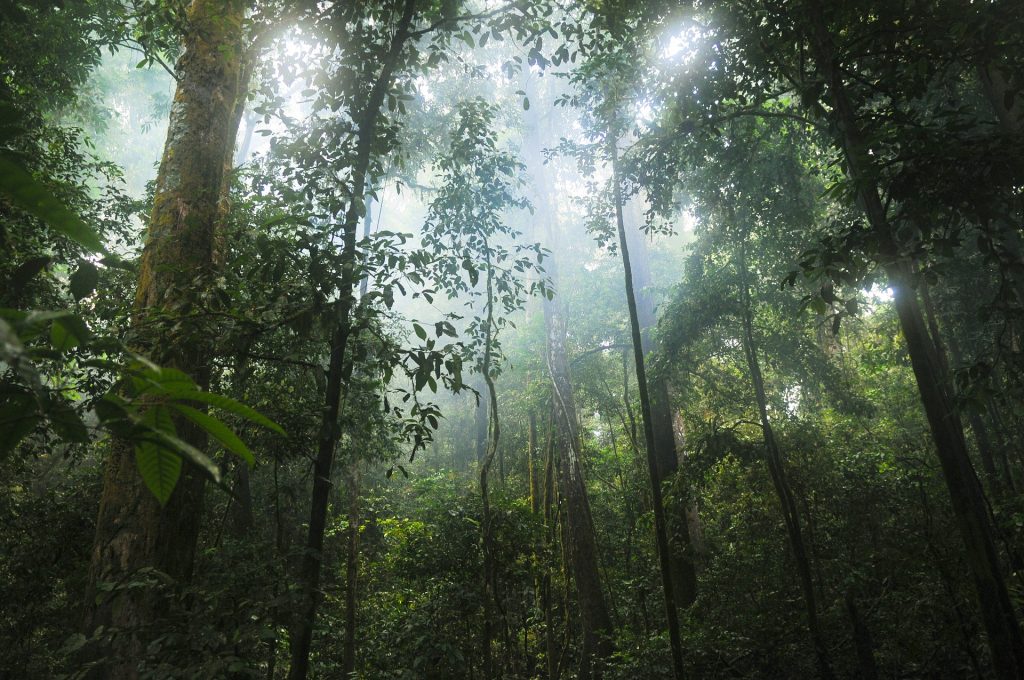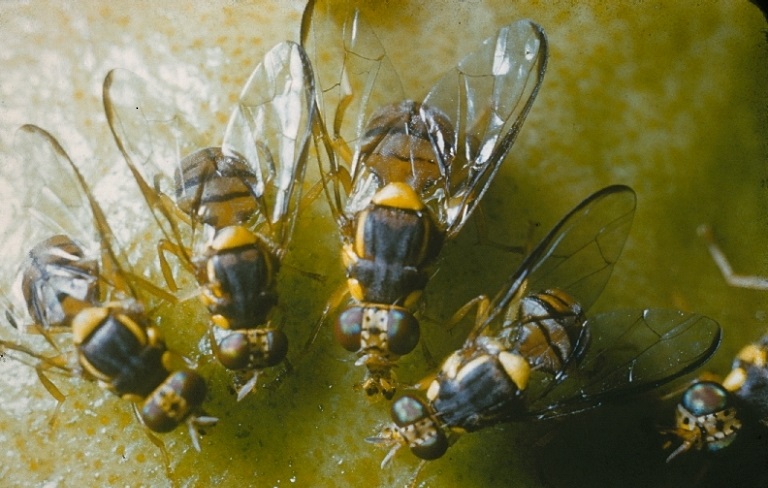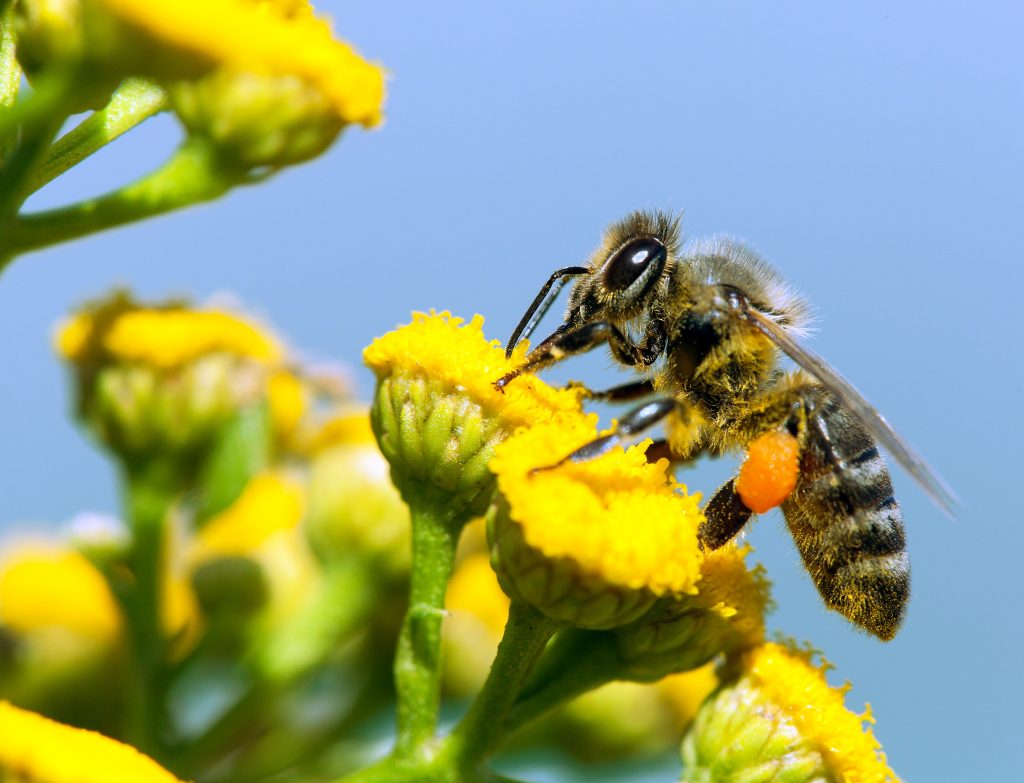Dangerous waterweed spreading in Southern Africa
By Baraka Rateng’. Reblogged from SciDev.Net. A dangerous waterweed is spreading across water bodies in Southern Africa and could soon strangle life-supporting services such as fishing if it is not controlled, a scientist says. The waterweed called Limnobium laevigatum or South American sponge plant floats on water bodies and has the potential to invade other plants and decrease biodiversity, according…
CABI shares expertise at workshop concerned with threat of invasive species to Gibraltar
Dr Pablo González-Moreno, one of CABI’s senior researchers with expertise in invasive plant ecology, has joined a workshop of international scientists concerned with investigating the invasive non-native species that pose the greatest threat to Gibraltar’s terrestrial and marine environments.
Biological control against invasive agricultural pest slows deforestation across Southeast Asia
Used as an effective method of controlling invasive species, biological control (or biocontrol) is the term given to the use of living organisms for controlling pests and invasive species. It can provide an effective, environmentally-friendly and cost-efficient way of controlling pest populations, helping to restore crop yields and farmer’s profits. However a recent study, focussing…
Major invasive pest found for the first time on agricultural land in Europe
Eight oriental fruit flies (Bactrocera dorsalis), considered the world’s worst invasive fruit fly, have been found at two monitoring stations in Italy. Annually, there are several reports of this species being found in infested fruit in France, Switzerland and the UK, and one individual was found in a trap in an Austrian fruit market in…
CABI updates International Soft Fruit Conference on fight against devastating invasive fruit fly
CABI scientist Dr Lukas Seehausen has updated delegates at the International Soft Fruit Conference in s-Hertogenbosch, in the Netherlands, on the very latest research in the fight against the devasting fruit fly Drosophila suzukii. Dr Seehausen, a research scientist in risk analysis and invasion ecology based at CABI’s Swiss centre in Delémont, said a biological control agent – the parasitoid Ganaspis…
Invasives killed the biodiversity star
The start of 2019 brought sad news when George, the last tree snail of his kind (Achatinella apexfulva) died on New Years Day. His death highlights the plight of Hawaiian snails and epitomises the rapid decline of biodiversity on the Hawaiian Islands.
Using animals in the fight against invasive species
Whilst prevention is better than a cure, it is not always possible to stop every invasive species from entering an area. In these instances, early detection and rapid response are crucial, as management is much easier while the population of an invasive species remains small. Detection of small populations, however, can be incredibly difficult. With…
The twelve pests of Christmas (trees)
For many, December means celebrating Christmas and a central part of that is a Christmas tree. Evergreen trees have been used in celebration for centuries. The ancient Egyptians, Chinese, and Hebrews used evergreen trees, wreaths, and garlands to symbolize eternal life. Pagans worshiped trees, and Romans used evergreen wreaths during the festival of Saturnalia. The…
CABI scientist helps identify alien species that present greatest threat to European biodiversity
CABI scientist Dr Marc Kenis has joined an international team of researchers who have identified 66 alien species – not yet established in the European Union – that pose the greatest threat to European biodiversity and ecosystems as outlined in a new paper published today in the journal Global Change Biology.
Invasives Most Read 2018
2018 has been a bumper year for the CABI Invasives blog, with 4 times more posts than 2017 and over twice the number of views (over 20,000!). With so many articles published this year, we have compiled a list of the top 20 most read to round off 2018.










